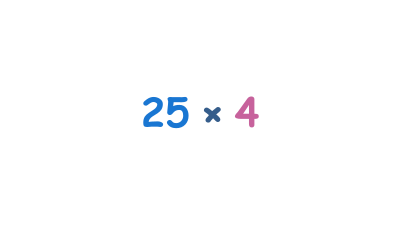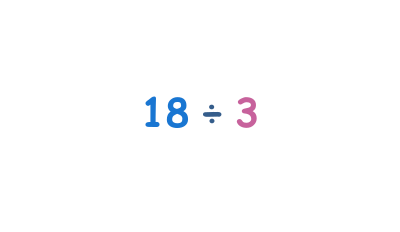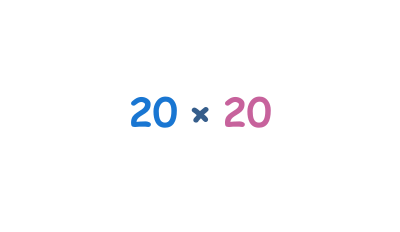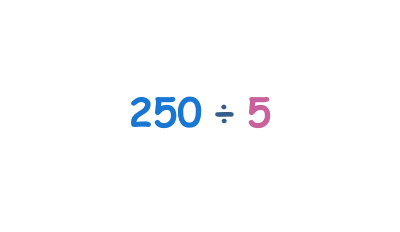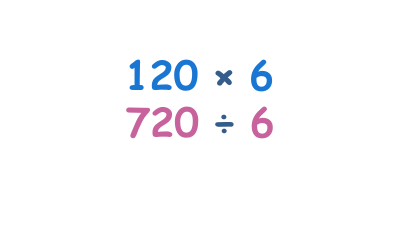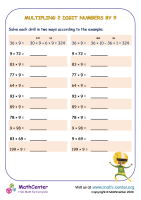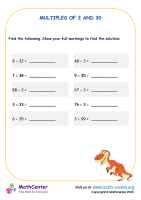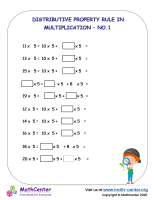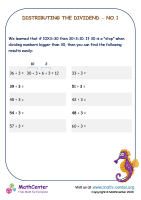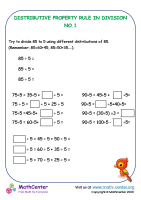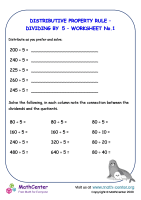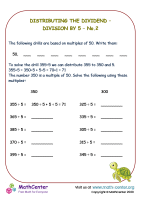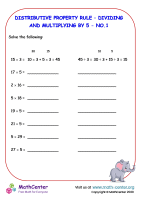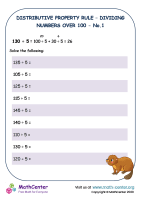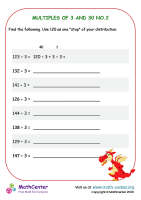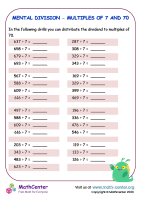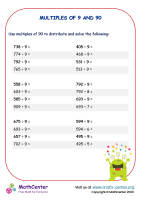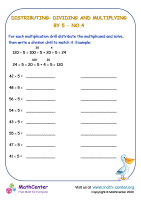Math Skills
Worksheets
Distributive property
Welcome to the Distributive Property Page! Welcome to Math-Center.Org’s Distributive Property page—an important concept that students practice throughout elementary and middle school. The distributive property shows how multiplication works with addition and subtraction: for example, 3 × (4 + 2) = 3 × 4 + 3 × 2. You can think of the distributive property in this example as "distributing" the multiplication across the addition.In elementary school, children explore this idea with simple numbers and visual models, such as breaking apart arrays or areas to make multiplication easier. As they move into middle school, the distributive property is used with larger numbers and variables, like 2 × (x + 5) = 2x + 10, to simplify expressions and solve equations.
The distributive property is also a powerful tool for mental multiplication and mental division. For example:
To calculate 8 × 27, you can think of it as 8 × (20 + 7) = (8 × 20) + (8 × 7) = 160 + 56 = 216.
To divide 144 by 12 mentally, you might break it apart as (120 + 24) ÷ 12 = (120 ÷ 12) + (24 ÷ 12) = 10 + 2 = 12.
Using the distributive property in this way helps students work more flexibly and efficiently, making math easier to handle without a calculator. On this page, you’ll find clear explanations, step-by-step examples, printable worksheets, and engaging online math games to build strong distributive property skills.

